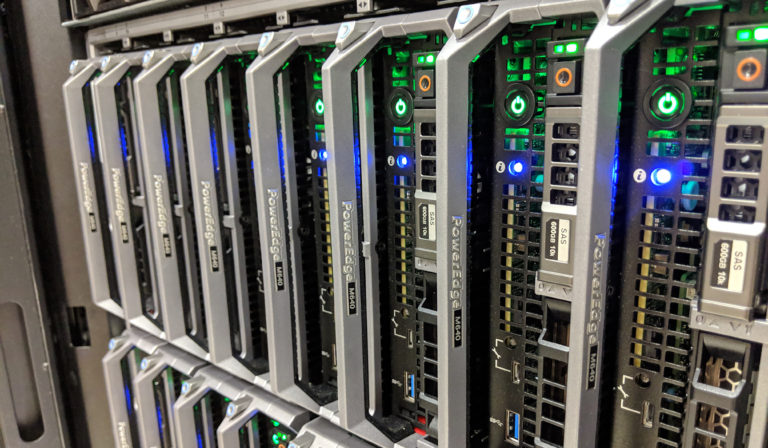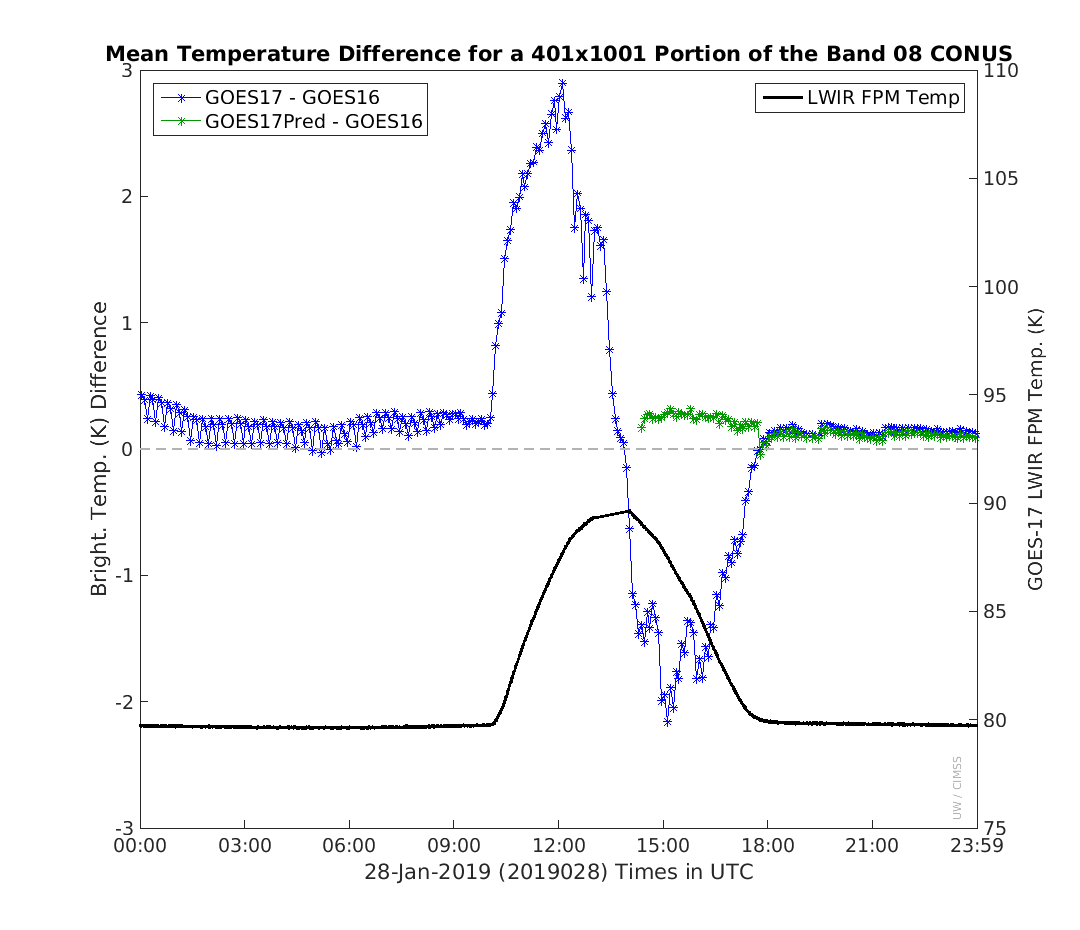
[ Archive ]

 |
CIMSS-NOAA Weekly Report [ Archive ] |
 |
ASPB AND CIMSS WEEKLY HIGHLIGHTS FOR THE WEEK ENDING MARCH 1, 2019
IN THE PRESS:
SSEC and CIMSS Scientists in the News: Scientists at the University of Wisconsin-Madison (UW) Space Science and Engineering Center (SSEC) and the Cooperative Institute for Meteorological Satellite Studies (CIMSS) provide expert commentary, interviews, and imagery to news media and participate in events to promote science. In the news this week: 1) SSEC News published a story on the $1.5 million upgrade to the supercomputer housed at SSEC. The upgrade was made possible through a grant from NOAA NESDIS and the Center for Applications and Research to meet the demands of increasingly complex models (https://www.ssec.wisc.edu/news/articles/11671/). 2) SSEC News published, "Satellite frontiers: Contributing to the next generation of geostationary sounders" (https://www.ssec.wisc.edu/news/articles/11686). 3) Research contributions of CIMSS scientists Jay Hoffman (real-time flood products) and William Straka (VIIRS imagery) were highlighted in, "NOAA satellite images show major flooding along rivers in the southeast U.S" (https://go.wisc.edu/m5xi2p). 4) CIMSS Satellite Blog contributors Scott Bachmeier and Scott Lindstrom published posts on "Signatures of the Alaska Range in GOES-17 water vapor imagery" (Feb. 28), "GOES-17 Default Mesoscale Domain Sector #2 is changing" (Feb. 28), "Standing wave west of Tropical Cyclone Pola in the South Pacific" (Feb. 26), "Super Typhoon Wutip" (Feb. 25), "Using NUCAPS soundings near tropical cyclones" (Feb. 25), "GOES-16 views a house fire in rural Wisconsin" (Feb. 25), "Strong extratropical cyclone in the Midwest and Great Lakes" (Feb. 24), "River flooding in the Lower Mississippi and Tennessee River Valley" (Feb. 24), and "GOES-17 Default Mesoscale Domain Sector #2 is changing" (Feb. 28). Read more at the CIMSS Satellite Blog (http://cimss.ssec.wisc.edu/goes/blog/). (J. Phillips, SSEC, 608-262-8164, William Straka, CIMSS, Jay Hoffman, CIMSS, S. Bachmeier, CIMSS, S. Lindstrom, SSEC, E. Verbeten, SSEC)
(Click image to enlarge)
Figure: Himawari-8 “Clean” Infrared Window (10.4 µm) image of Super Typhoon Wutip at the time it was assigned a Category 5 intensity rating on February 25, 2019.
 (Click image to enlarge)
(Click image to enlarge)
Figure: Weather models such as the Global Forecast System (GFS) and the European Center for Medium Range Forecast’s global model (ECMWF) require powerful supercomputers like SSEC’s S4 computer (Satellite Simulations and Data Assimilation Studies) to run simulations and prediction models. Credit: SSEC.
ITEMS FOR THE ADMINISTRATOR:
ITEMS FOR THE ASSISTANT ADMINISTRATOR:
ITEMS FOR THE OFFICE DIRECTOR, STAR:
ITEMS FOR THE DIVISION CHIEF, CoRP:
Another Look at Improved GOES-17 ABI Predictive Calibration: To improve the calibration of Geostationary Operational Environmental Satellite (GOES)-17 Advanced Baseline Imager (ABI) infrared bands, Harris engineers are working on what has been called predictive calibration. During the periods when the detector temperatures change, the assumptions of the standard calibration approach do not work as desired. Cooperative Institute for Meteorological Satellite Studies (CIMSS) and ASPB scientists received sample ABI data to help analyze the predictive calibration approach. This second round of sample data files, now from January 28 and 29, were downloaded as sequential zip files, concatenated, uncompressed, served up in Algorithm Working Group Imagery team analysis tools, mean brightness temperature statistics were generated, statistics were analyzed, plots were generated, and a PowerPoint presentation was created to share with stakeholders the same day. The data were compared quantitatively to both GOES-16 and original GOES-17 and showed much improvement over the latter in the pre-saturation times; it is likely that this will allow for more hours of higher quality data, reducing negative impacts on users and products during the hours when the ABI detector temperatures rapidly change. Analysis was presented to the Algorithm Working Group, and provided to the Calibration Working Group, to brief them on the new results. (M. Gunshor, CIMSS, 608-263-6754, T. Schmit, E/RA2, 608-263-0291)
 (Click image to enlarge)
(Click image to enlarge)
Figure: Preliminary results for ABI band 8 (6.2 um) showing the potential of the predictive calibration approach by comparing it to GOES-16 data on Jan 28, 2019.
VISITORS:
NEXT WEEK:
LOOKING AHEAD:
| Archived Weeklies Page | Submit a report item |